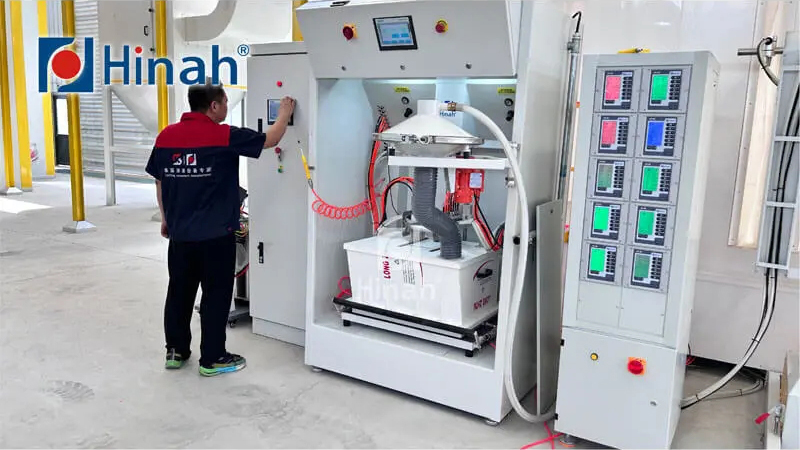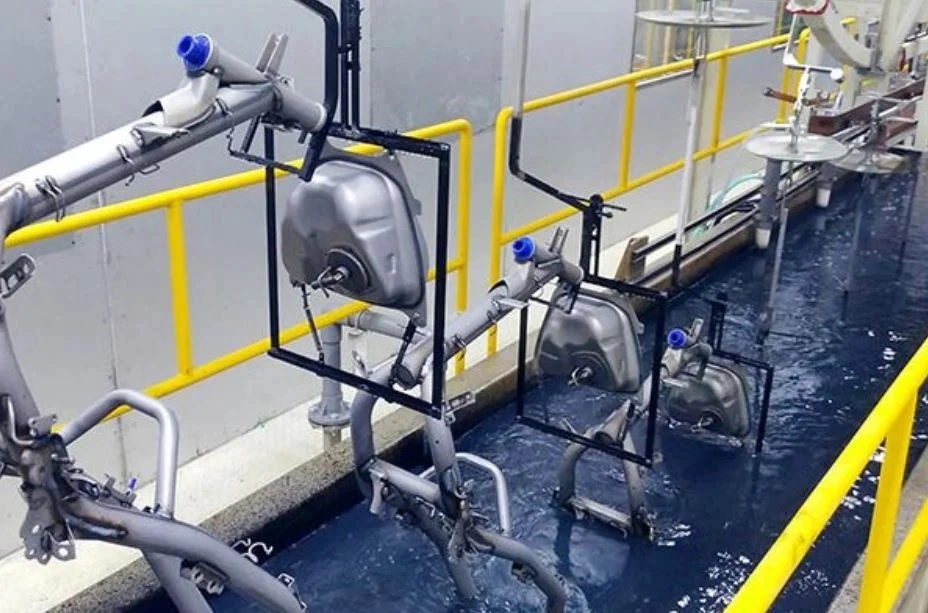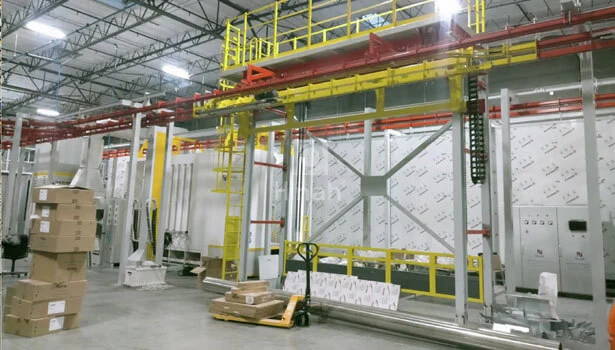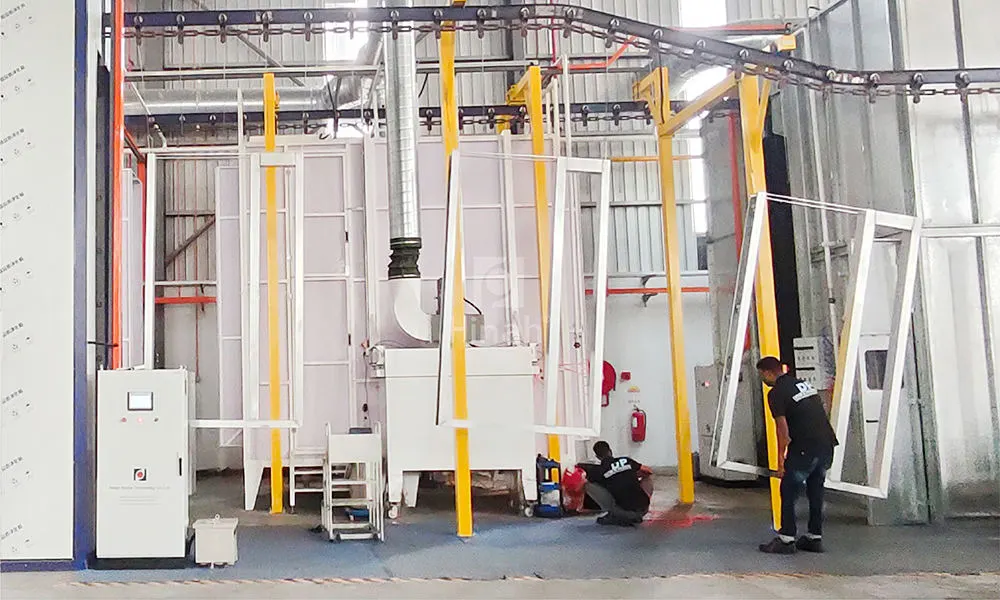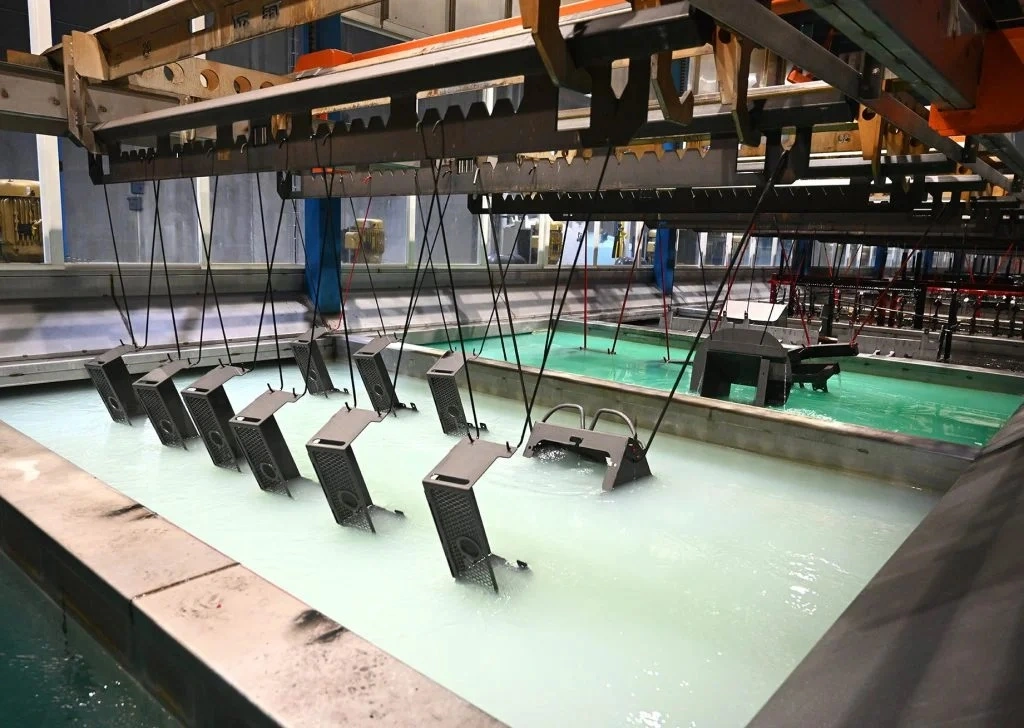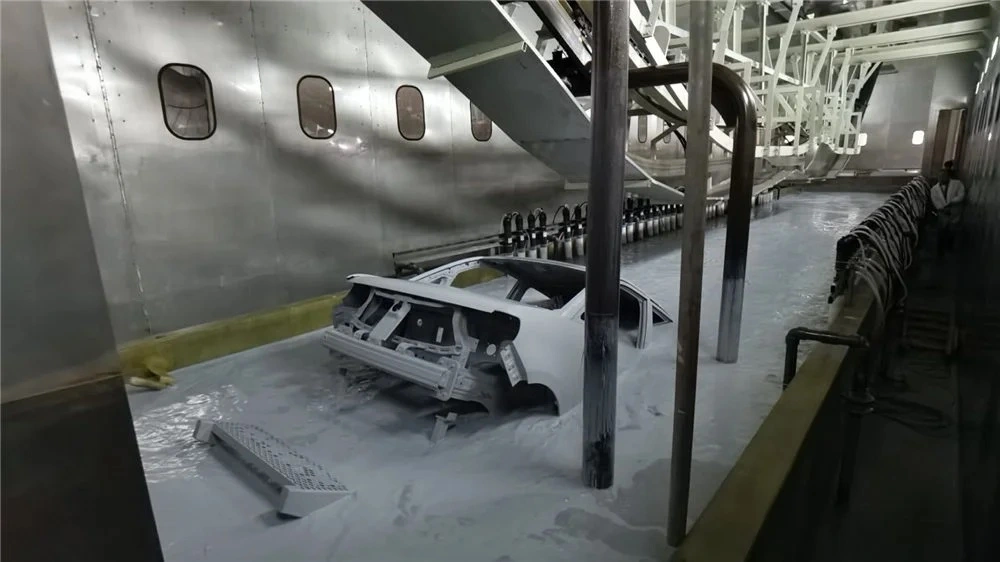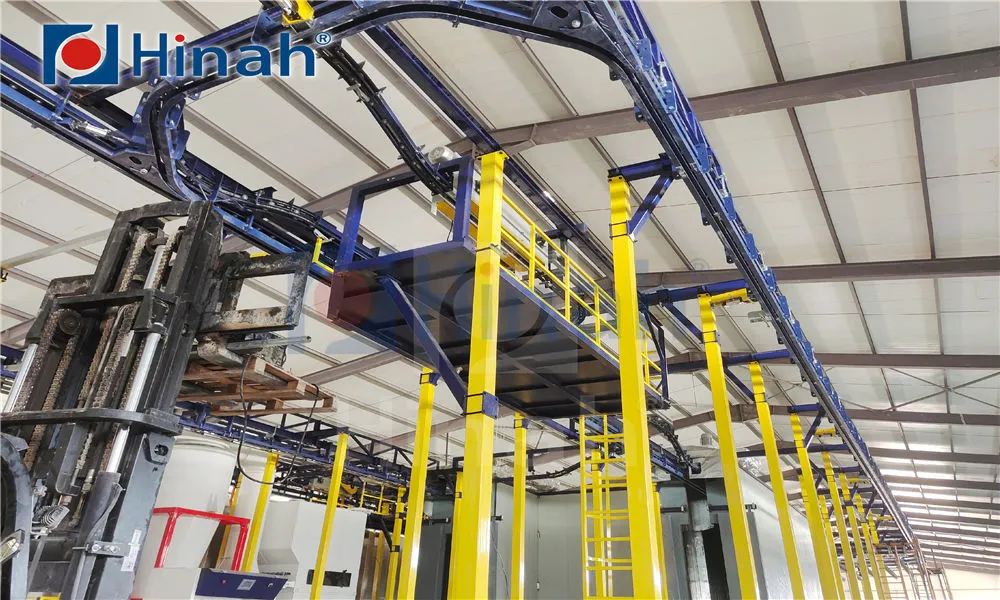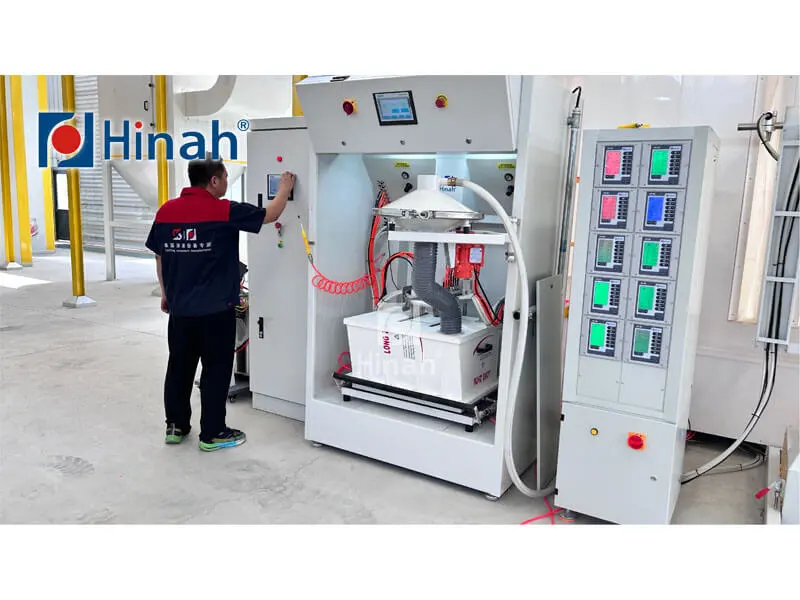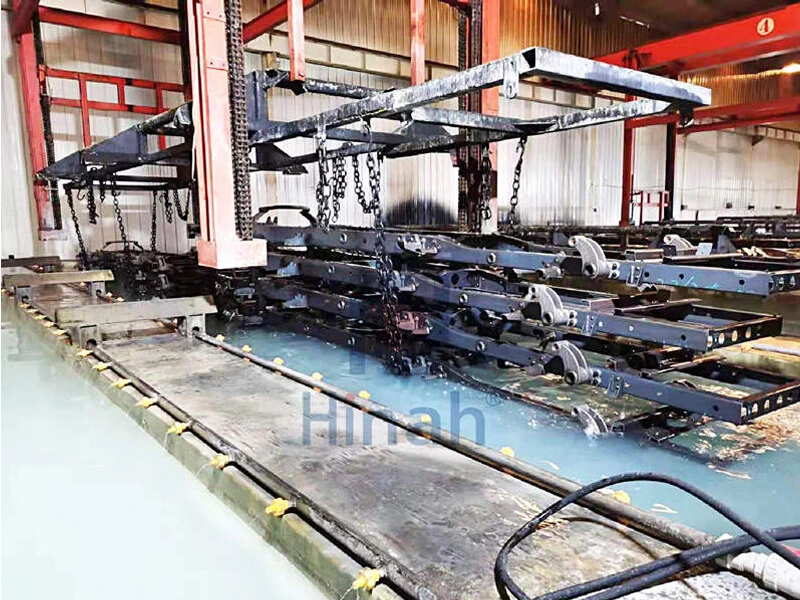In an era defined by climate change and resource scarcity, the role of environmental protection equipment has never been more critical. This technology forms the backbone of our collective efforts to mitigate pollution, conserve natural resources, and build a sustainable future. For businesses, municipalities, and even individuals, understanding and selecting the right environmental protection equipment is no longer a niche concern but a fundamental operational and ethical necessity. This article breaks down the key categories and considerations to help you make informed decisions for your specific requirements.

The term environmental protection equipment encompasses a vast array of technologies designed to address different types of pollution. Broadly, they can be classified into several key areas. Air pollution control systems target contaminants released into the atmosphere, including scrubbers, electrostatic precipitators, and baghouse filters. Water and wastewater treatment equipment is designed to purify water for drinking, industrial use, or safe discharge back into the environment; this includes clarifiers, membrane bioreactors, and disinfection systems. Waste management equipment, such as compactors, shredders, and pyrolysis plants, handles the collection, processing, and recycling of solid waste. Finally, soil remediation equipment deals with the decontamination of polluted land, often using techniques like soil washing or thermal desorption. Understanding these categories is the first step in identifying the right environmental protection equipment for your project.
Air Pollution Control: Safeguarding the Atmosphere
Controlling airborne pollutants is a primary function of advanced environmental protection equipment. Industrial processes, power generation, and even commercial heating can release particulate matter (PM), sulfur oxides (SOx), nitrogen oxides (NOx), and volatile organic compounds (VOCs) into the air. Key technologies in this domain include:
Electrostatic Precipitators (ESPs): These devices use electrical forces to remove fine particles and dust from exhaust streams. They are highly efficient for large-scale industrial applications like coal-fired power plants.
Baghouse Filters: Acting like giant vacuum bags, these systems filter dust and particulate matter from gas streams. They are extremely effective and are commonly used in cement production, metalworking, and pharmaceutical manufacturing.
Scrubbers: Scrubbers use a liquid (often water or a chemical reagent) to wash unwanted pollutants from a gas stream. They are particularly effective at removing acid gases like SO2 and are a staple in the chemical and waste incineration industries.
Investing in the correct air pollution control environmental protection equipment is crucial for regulatory compliance, protecting public health, and reducing a facility's environmental footprint.
Water and Wastewater Treatment: Ensuring a Clean Water Supply
The treatment of water is one of the most visible and vital applications of environmental protection equipment. This sector focuses on making water safe for consumption and returning it to the ecosystem without causing harm. The process is typically multi-stage, involving:
Primary Treatment: Equipment like screens and clarifiers remove large solids and suspended particles through physical settling.
Secondary Treatment: This biological stage uses microorganisms to break down dissolved organic matter. Equipment includes aeration tanks, activated sludge systems, and membrane bioreactors (MBRs), which combine biological treatment with membrane filtration for a superior effluent quality.
Tertiary/Advanced Treatment: This final polishing stage can involve advanced filtration (sand filters, membrane filters), disinfection (using UV light, ozone, or chlorine), and nutrient removal systems to eliminate nitrogen and phosphorus, which can cause eutrophication in natural water bodies.
This category of environmental protection equipment is essential for municipalities, agriculture, and any industry that consumes or discharges significant volumes of water.
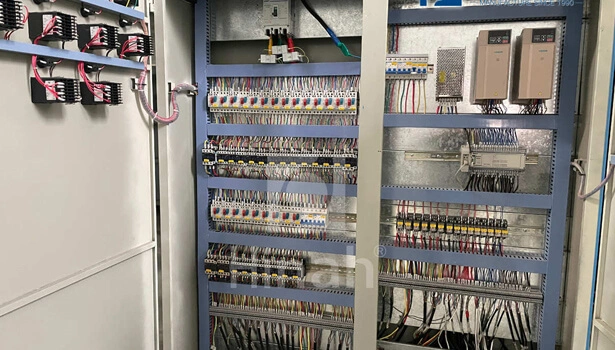
Waste Management and Recycling Systems
Managing the ever-growing stream of solid waste is a global challenge. Modern environmental protection equipment for waste management focuses on reducing landfill use and promoting a circular economy. Key equipment includes:
Material Recovery Facilities (MRFs): These are sophisticated plants equipped with conveyor belts, screens, magnets (for ferrous metals), and eddy current separators (for non-ferrous metals) to sort mixed waste into valuable recyclable streams.
Compactors and Balers: By compressing waste, this equipment reduces its volume, making transportation more efficient and saving significant landfill space.
Advanced Recycling Technology: This includes shredders, granulators, and optical sorters that prepare specific materials like plastics, paper, and metals for reprocessing into new products.
Thermal Treatment: Incinerators with advanced air pollution control can reduce waste volume by over 90% and, in some cases, recover energy from the process (Waste-to-Energy).
This segment of environmental protection equipment is critical for turning waste from a problem into a resource.
Monitoring and Analytical Instruments: The Brains of the Operation
Effective environmental protection relies on accurate data. A crucial, though often overlooked, category of environmental protection equipment is monitoring and analytical instruments. These devices provide the real-time data needed to ensure that control systems are functioning correctly and that emissions or discharges remain within legal limits. Examples include:
Continuous Emissions Monitoring Systems (CEMS): Installed in smokestacks, they continuously measure the concentration of flue gases like CO2, SOx, and NOx.
Water Quality Sensors: These probes can measure parameters such as pH, dissolved oxygen, turbidity, and specific ions directly in rivers, lakes, or treatment plant effluents.
Ambient Air Quality Monitors: Stationary or mobile units that track the concentration of pollutants in the general atmosphere of a city or region.
Without this diagnostic environmental protection equipment, it would be impossible to verify the effectiveness of larger control systems or to enforce environmental regulations.
Key Factors in Selecting Environmental Protection Equipment
Choosing the right environmental protection equipment requires a careful evaluation of several factors. First, you must clearly define the problem: what pollutant are you targeting, and what are the required discharge standards? The composition and volume of the waste stream (air, water, or solid) will heavily influence the technology choice. Budget is a major consideration, encompassing not just the initial capital investment but also long-term operating and maintenance costs. The physical footprint of the equipment and its energy consumption are also critical operational factors. Finally, compliance with local, national, and international environmental regulations is non-negotiable. A thorough needs assessment will guide you to the most effective and efficient environmental protection equipment for your specific situation.
Frequently Asked Questions (FAQ)
Q1: What is the most common type of environmental protection equipment?
A1: There is no single "most common" type as it depends on the industry and pollutant. However, wastewater treatment plants and air filtration systems like baghouses and scrubbers are ubiquitous across manufacturing, energy, and municipal sectors, making them some of the most widely deployed forms of environmental protection equipment.
Q2: How much does typical environmental protection equipment cost?
A2: The cost varies enormously based on scale and technology. A small-scale water filtration unit might cost a few thousand dollars, while a full-scale Waste-to-Energy plant or a flue gas desulfurization system for a power plant can run into hundreds of millions. The key is to conduct a life-cycle cost analysis that includes purchase, installation, operation, and maintenance.
Q3: Can small businesses afford to invest in this technology?
A3: Yes, absolutely. The market for environmental protection equipment includes scalable solutions for businesses of all sizes. For a small business, this might mean installing a compact oil-water separator, using efficient dust collectors in a workshop, or partnering with waste management services that utilize this technology. Many governments also offer grants or tax incentives to offset costs.
Q4: How do I maintain environmental protection equipment to ensure its efficiency?
A4: Maintenance is crucial. It typically involves regular inspections, cleaning (e.g., replacing filter bags, backwashing membranes), calibrating sensors, and replacing worn-out parts as per the manufacturer's schedule. Proper maintenance not only ensures compliance but also optimizes operational costs and extends the equipment's lifespan.
Q5: What are the emerging trends in environmental protection equipment?
A5: The field is rapidly evolving. Key trends include the integration of Internet of Things (IoT) sensors and AI for predictive maintenance and optimized performance, the development of more energy-efficient systems, a focus on equipment that enables a circular economy (like advanced plastic recycling), and the creation of smaller, modular units that are easier to deploy and scale.


